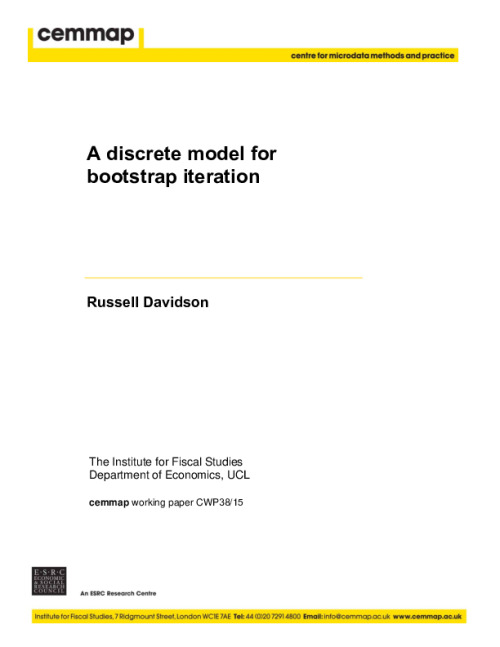In an attempt to free bootstrap theory from the shackles of asymptotic considerations, this paper studies the possibility of justifying, or validating, the bootstrap, not by letting the sample size tend to infinity, but by considering the sequence of bootstrap P values obtained by iterating the bootstrap. The main idea of the paper is that, if this sequence converges to a random variable that follows the uniform U(0; 1) distribution, then the bootstrap is valid. The idea is studied by making the model under test discrete and finite, so that it is characterised by a finite three-dimensional array of probabilities. This device, when available, renders bootstrap iteration to any desired order feasible. It is used for studying a unit-root test for a process driven by a stationary MA(1) process, where it is known that the unit-root test, even when bootstrapped, becomes quite unreliable when the MA(1) parameter is in the vicinity of -1. Iteration of the bootstrap P value to convergence achieves reliable inference except for a parameter value very close to -1. The paper then endeavours to see these specific results in a wider context, and tries to cast new light on where bootstrap theory may be going.










